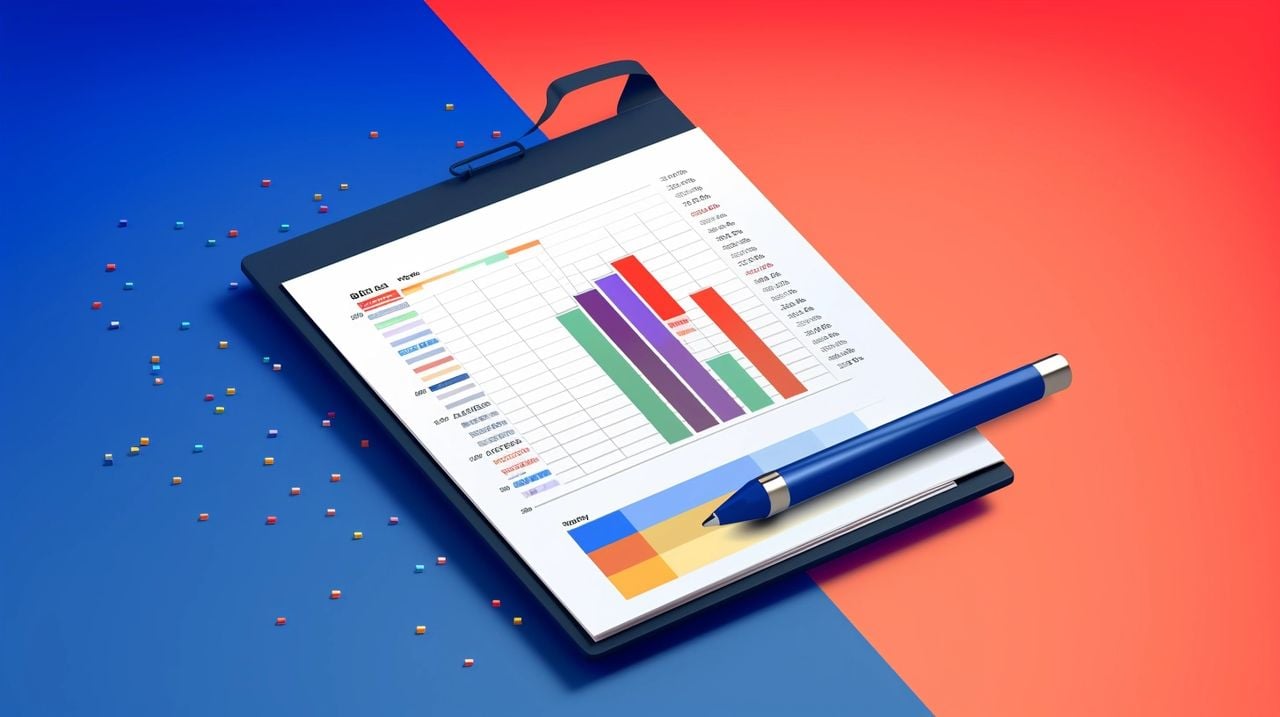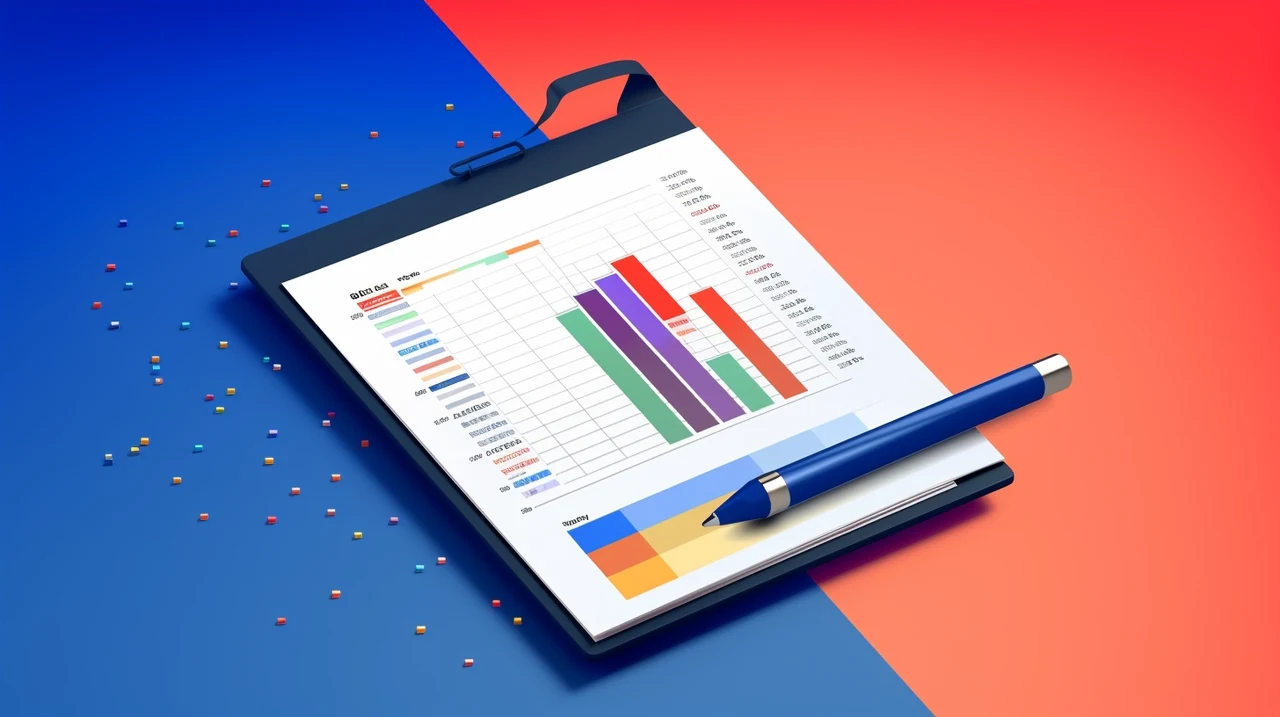
In today’s fast-paced business environment, efficiency is key. Microsoft has introduced an integration that is set to make a significant impact on how we manage and analyze data. The combination of Copilot Pro with Excel is designed to enhance productivity by utilizing advanced features and AI-driven insights. This integration is beneficial for both seasoned Excel users and newcomers, as it simplifies data management tasks and offers a new level of sophistication in handling information.
Setting up Copilot Pro with your Microsoft 365 suite is straightforward, and once it’s up and running, you’ll find that its features integrate seamlessly with Excel. This ease of access to Copilot’s capabilities makes basic operations much simpler, providing a solid foundation for more complex data manipulation. With Copilot Pro, even the use of Excel formulas becomes a less intimidating task. Users can easily insert formulas, format data, and create charts with simple instructions. These tools not only make it easier to organize and visualize data but also enhance analysis by helping to emphasize data points, sort, and filter information, which is essential for a detailed examination.
How to use Excel and Copilot Pro to build spreadsheets
To make the most of Copilot Pro, it’s important to communicate with it using the language of Excel (more details below) that many users are already familiar with. Copilot can interpret your instructions and carry out data manipulation tasks automatically, saving you valuable time. This feature is particularly useful for repetitive tasks that can otherwise reduce your efficiency. For those looking to further boost their productivity, exploring AI tools can be a great asset.
Here are some other articles you may find of interest on the subject of Excel and improving your workflows.
But Copilot Pro isn’t just about automating tasks. It also provides AI-generated insights, uncovering trends and patterns that would typically require a lot of manual effort to analyze. Additionally, it simplifies the process of importing data, allowing for a smoother integration of information from various sources. For insights on utilizing AI in your workflow, consider reading about how to use AI tools like Google Bard and ChatGPT to improve your productivity.
As you become more comfortable with the basics of Copilot Pro, you’ll want to keep an eye out for advanced tutorials that are on the horizon. These tutorials will delve into the more complex features of Copilot Pro, ensuring that you can fully utilize this technology for smarter data management. For those interested in expanding their knowledge, ChatGPT plugins can also offer ways to improve your productivity.
The language of Excel
To effectively use Microsoft Excel for calculations and data management both in business and your personal life, it’s crucial to understand its language, primarily composed of functions, formulas, cell references, and data types.
1. Understanding Cell References:
- Relative References: By default, Excel uses relative references (e.g., A1, B1). When a formula is copied from one cell to another, the reference changes relative to the position of the formula.
- Absolute References: Use a dollar sign ($) to fix a reference (e.g., $A$1). This is useful when you want a cell reference to remain constant, no matter where the formula is copied.
- Mixed References: Combine relative and absolute references to lock either the row or the column (e.g., A$1 or $A1).
2. Key Functions and Formulas:
- Basic Arithmetic: Use
+,-,*,/for addition, subtraction, multiplication, and division. - SUM, AVERAGE:
SUM(range)adds all numbers in a range;AVERAGE(range)calculates the mean. - VLOOKUP, HLOOKUP:
VLOOKUP(value, range, col_index)searches for a value in the first column of a range and returns a value in the same row from a specified column.HLOOKUPworks similarly but horizontally. - IF, AND, OR:
IF(condition, value_if_true, value_if_false)makes logical comparisons.AND,ORcan be used withinIFfor complex conditions. - COUNT, COUNTA, COUNTIF:
COUNT(range)counts cells with numbers,COUNTA(range)counts non-empty cells, andCOUNTIF(range, criteria)counts cells that meet a specific criterion.
3. Data Types and Formatting:
- Excel recognizes data types like numbers, text, dates, and Boolean values (TRUE/FALSE).
- Formatting can change the appearance of data without altering the data itself (e.g., date formats, currency, decimal places).
4. Array Formulas and Functions:
- Array formulas can perform multiple calculations on one or more items in an array. Use Ctrl+Shift+Enter to enter these formulas.
- Functions like
SUMPRODUCTandINDEX(MATCH())are powerful for complex calculations.
5. PivotTables and Advanced Features:
- PivotTables are essential for summarizing, analyzing, exploring, and presenting data.
- Advanced features like Data Validation, Conditional Formatting, and Macros enhance data interaction and automation.
6. Error Checking and Troubleshooting:
- Common errors include
#DIV/0!,#NAME?,#VALUE!, and#REF!. Understanding these errors is crucial for troubleshooting. - Excel’s built-in error checking tools and the
IFERRORfunction can help manage errors.
7. Best Practices:
- Keep formulas simple and readable.
- Use named ranges for clarity.
- Document your work to make it understandable to others.
8. Excel Versions and Compatibility:
- Be aware of differences between Excel versions (e.g., Excel 2016 vs. Excel 365) as some functions may not be available in older versions.
9. Security and Data Protection:
- Protect sensitive data using password protection and sheet protection features.
By systematically exploring these areas, you can develop a comprehensive understanding of Excel’s language, enhancing your ability to create sophisticated calculations and manage data effectively. Remember, practical application and regular use are key to mastering Excel.
The integration of Excel with Copilot Pro is poised to enhance the way we work with data. By embracing these tools, you can expect to see a significant increase in your efficiency and a smarter approach to data management. The combination of Excel and Copilot Pro is ready to assist you in taking your productivity to the next level. For further reading on enhancing productivity and innovation in business, check out how to use ChatGPT for business in 2024.
Filed Under: Guides, Top News
Latest timeswonderful Deals
Disclosure: Some of our articles include affiliate links. If you buy something through one of these links, timeswonderful may earn an affiliate commission. Learn about our Disclosure Policy.





